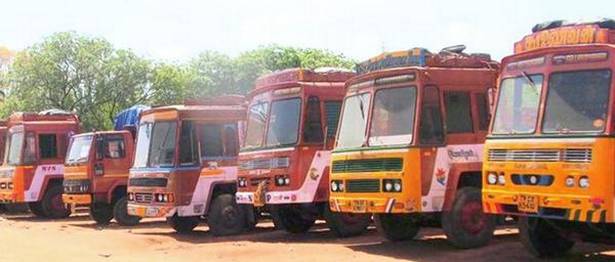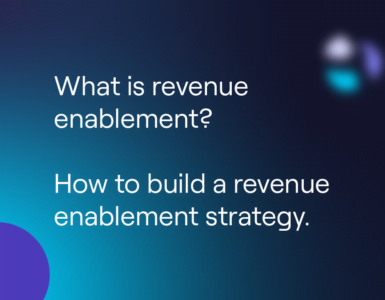BL Research Bureau
News that the Union Cabinet will soon decide a vehicle scrappage policy is doing the rounds. While the scheme has been in the works for at least four years now, what may push the government to bite the bullet is the dismal auto sales and the need to kick-start consumption in the economy.
On the drawing board
The vehicle scrappage scheme was first put forth by Transport Minister Nitin Gadkari in August 2015. Following this, in May 2016, the government outlined the Voluntary Vehicle Fleet Modernisation Programme (V-VMP).
It proposed that vehicles (predominantly trucks) bought prior to March 31, 2005 (i.e. those older than 10 years then), or those below BS IV emission standards, would be eligible for incentives if they were scrapped and replaced with new ones. Those who scrap their vehicles would get 50 per cent waiver on excise duty on the new vehicle and discounts from the auto manufacturers, in addition to the scrap value of the vehicle.
However, nothing more was heard about it until February 2018 when the draft National Auto Policy released by the Ministry of Heavy Industries stated that the scrappage scheme will soon be implemented by the government.
Read | Economic slowdown adds to truckers’ woes
Following this, in March 2018, it was announced that the policy had received an in-principle approval of the Prime Minister’s Office, and was awaiting a go-ahead from the GST Council.
But this time, the policy that emerged was a diluted version of the originally proposed V-VMP. The age of vehicles to be scrapped was increased to 20 years, sharply shrinking the number of vehicles that would be eligible for scrapping. Also, the implementation date was set to 2020. In this context, the contours of the new policy remains to be seen.
Why scrappage will help
If brought in soon, this may just be what the doctor ordered for the truck makers. Apart from a general slowdown in the economy affecting the availability of freight for carriage, quicker turnaround times for trucks after the implementation of GST as well as higher axle load norms for existing vehicles have also slowed new vehicle sales. Given that truck sales have been impacted by these structural changes and would otherwise take time to recover, a scrappage scheme would be the fastest way to boost new truck sales.
It will be good if the policy also covers cars and two-wheelers. This is because despite the stimulus measures announced by the government to boost auto sales, cars and bikes may not come out of the downturn in a hurry. The much expected GST rate cuts haven’t happened.
Given the ongoing discounts, good monsoon and the upcoming festival season may boost demand across rural and urban India to an extent. Lower corporate taxes for some companies may also be passed on in the form of price cuts. But the transition to BS-VI fuel emission norms on April 1, 2020, high transaction costs arising from compulsory multi-year third-party insurance, increase in road taxes in some states, still remain dampeners.
That said, the readiness of the country to handle the scrap is crucial. When the first round of the stimulus measures were announced last month, the Finance Minister said that a scrappage scheme could not be included as part of the package since the infrastructure to dispose off old vehicles wasn’t in place yet.
Also, since scrappage involves incentives to be given out by the government to buyers, the fiscal room to do so matters. Already, the government will be making a revenue loss from the reduction of corporate tax rates. GST collections also remain lacklustre. Given the limited headroom, the government could well stick to its original timeline of bringing in the scheme only in the next fiscal beginning April 2020.
[“source=thehindubusinessline”]



















































